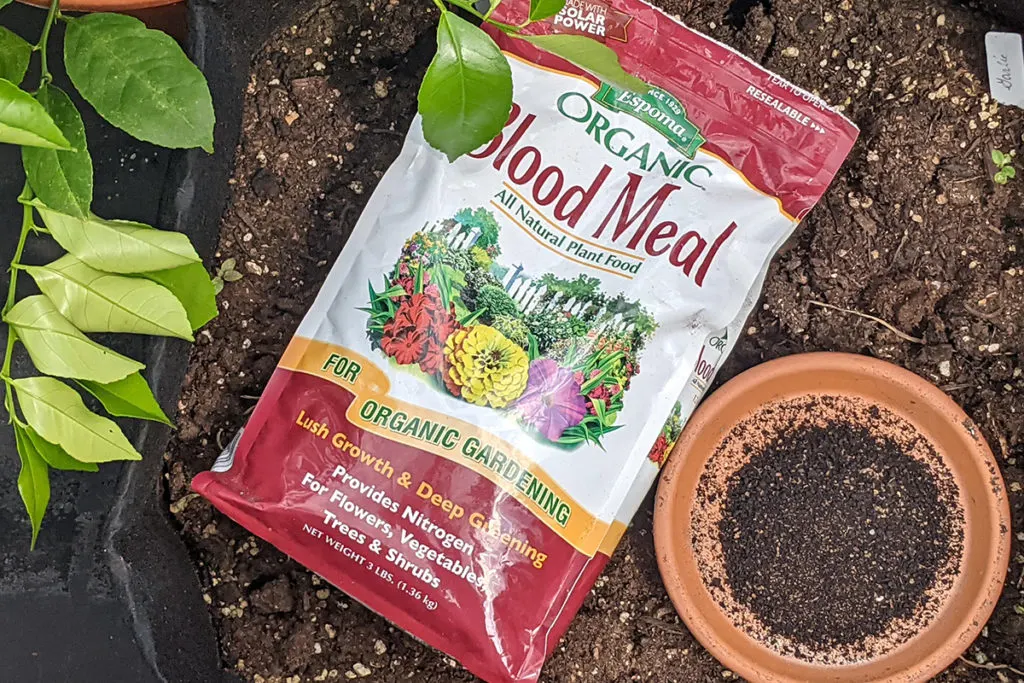
Serious gardeners are forever looking for new ways to improve their growing strategy. One time-tested method is adding blood meal to garden soil. Despite this amendment’s off-putting name, it’s an efficient way to restore your soil’s nutrient levels for bigger, healthier harvests.
But what is blood meal, and how can you use it for your plants and in your garden?
It turns out this aptly named amendment has withstood the test of time for good reason- it’s filled with benefits for your garden.
Let’s look at the details here.
What are the Benefits of Using Blood Meal for your Plants?
Just as the name implies, blood meal consists of dried, powdered, and flash-frozen animal blood. It’s usually made from cow blood sourced from meatpacking plants, though hog and chicken blood meal is also common.
This all-natural garden amendment has a lot of benefits. Below are some of the main reasons why you should consider adding it to your soil.
1. Great Source of Nitrogen
Adding it to your garden is a great way to boost its nitrogen levels, especially if you don’t need more phosphorus or potassium.
The amendment’s NPK ratio is usually 12-0-0, meaning that it can help you restore depleted soils fast, leading to lusher, greener plants, especially in vegetable beds.
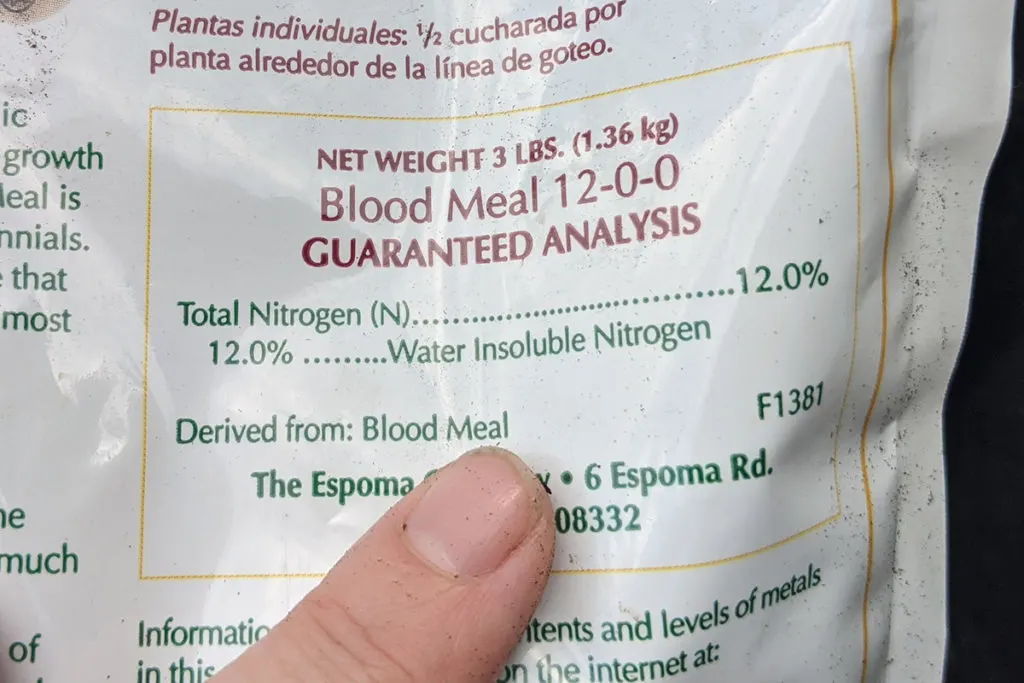
Bacteria and nematodes in the soil break down blood meal to its essential components, which makes it possible for plants to easily absorb the nutrients and build up stronger root systems. Because of this high nitrogen content though, you need to be careful not to overapply blood meal. Overuse can damage plants by “burning” them with too many nutrients.
2. Raises Soil Acidity
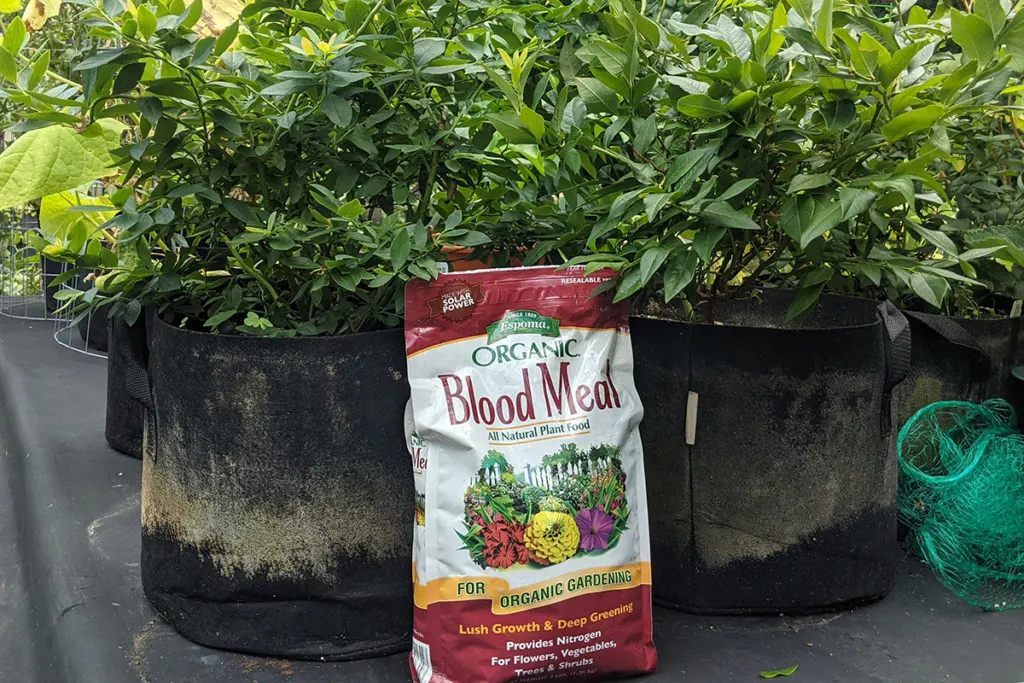
Blood meal’s high nitrogen levels also work to increase the acid levels of your soil, which effectively lowers the pH level. This creates better growing conditions for numerous crops, including peppers, onions, blueberries and squash.
3. Acts as a Slow Release Fertilizer
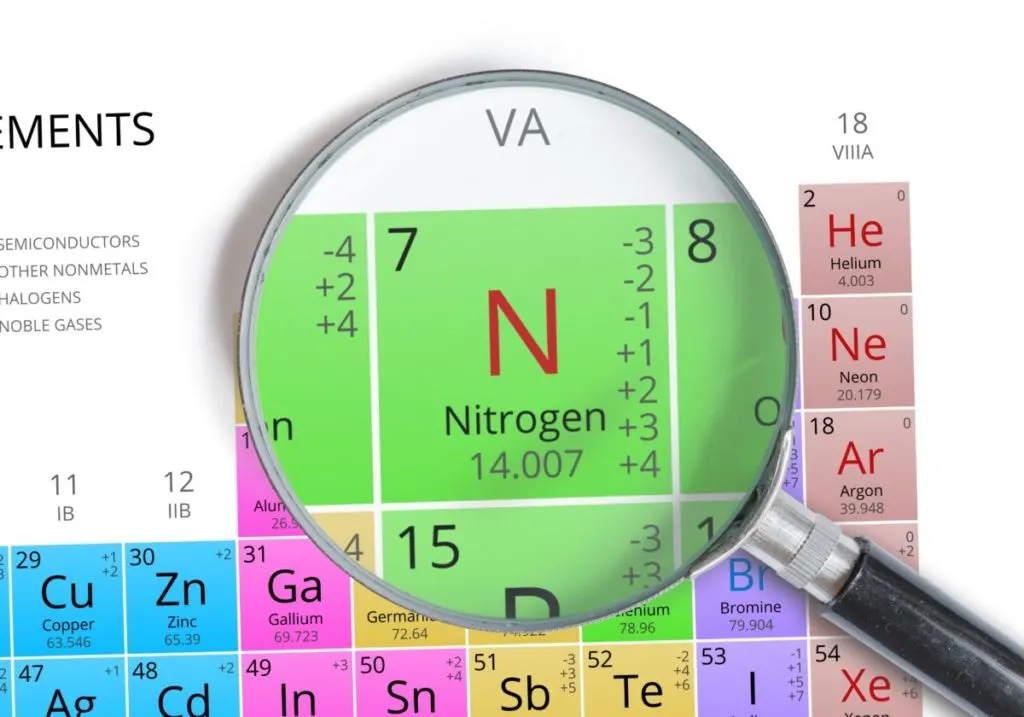
Despite its high nitrogen content, it acts as a slow-release fertilizer. This means it takes several weeks for it to start working, and the soil-boosting benefits can last for up to four months into the growing season. This means a healthy infusion of blood meal in the spring can keep your plants fed into the late fall.
4. Smart Organic Soil Fertility Option
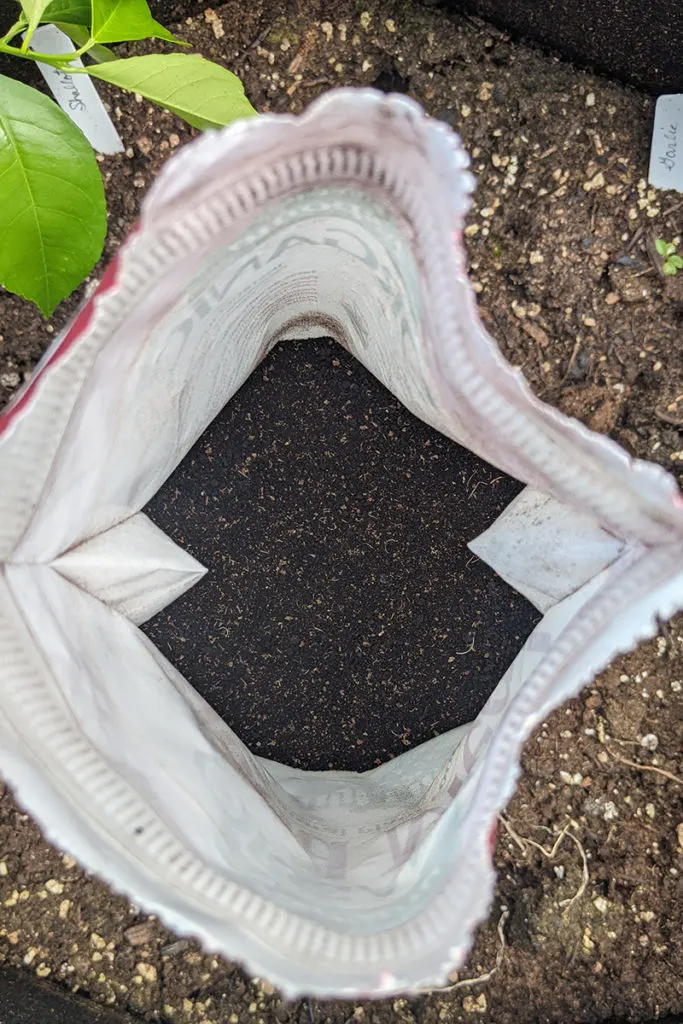
If you buy blood meal from a reputable source, you aren’t purchasing anything beyond dried blood. Even blood meal harvested from conventionally raised cattle is considered to be organic. However, it’s possible to buy it made from cows raised organically if you’re concerned about potential contamination from the hormones and other additives used in the meat industry.
For a balanced blend of nutrients for your organic garden, consider using blood meal paired with fish emulsion and bone meal.
5. Natural Pest Deterrent

Adding blood meal to your garden has another benefit beyond healthier soil; it may prevent keep away pests like moles, squirrels, and deer. These animals don’t find the smell of blood appealing so they will leave your garden alone. It works best in these situations when it stays dry, so consider placing some in small containers surrounding your garden.
However, other animals can be attracted to this scent, so it’s best to ensure your garden isn’t easily accessible to raccoons or dogs.
6. Economical Fertilizer Choice
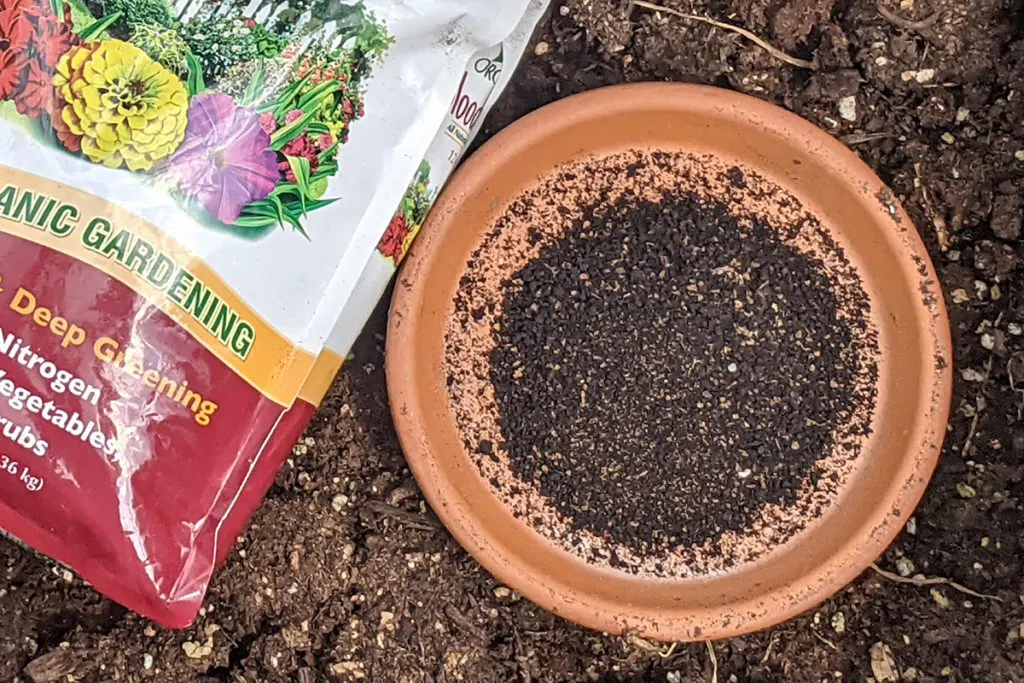
Pound for pound, blood meal is an affordable organic source of concentrated nitrogen. While your price will vary based on the supply you go with, you can expect to pay close to $3 per pound. Best of all, it’s highly concentrated, so you only need a cupful per 20 feet of garden space.
7. Jumpstarts Compost Piles
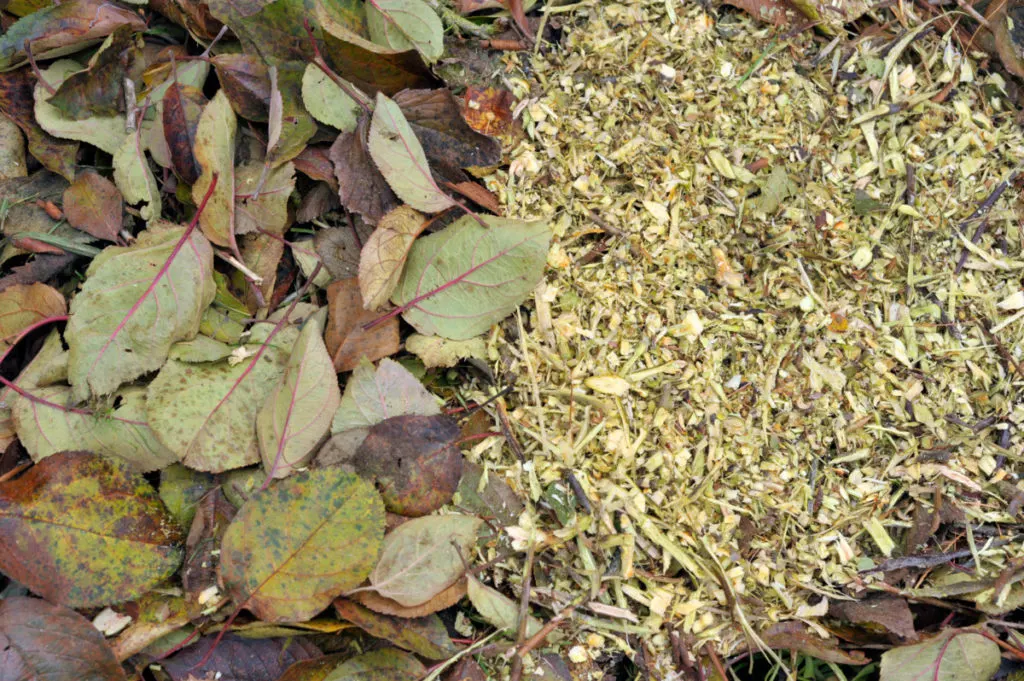
If your compost pile needs a jump start this season, sprinkle some blood meal on top of high carbon brown material. The meal will balance out the carbon to nitrogen ratio and help the microbes inside break the pile down faster.
Here are five more additives to help accelerate your compost pile.
How to Use Blood Meal in the Garden
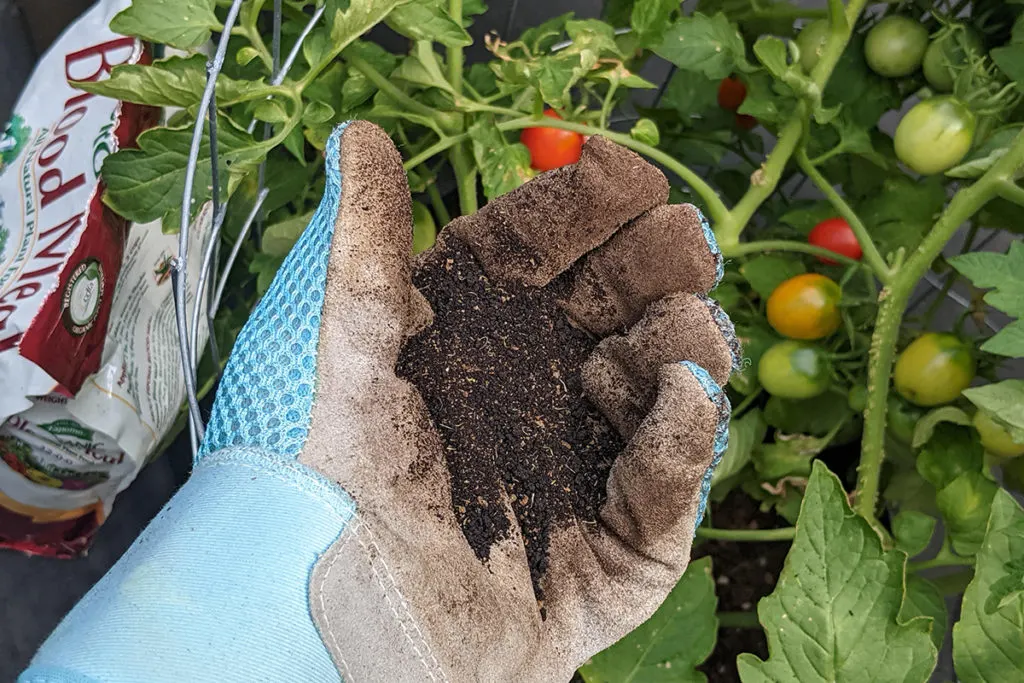
The first step for using blood meal in the garden is determining whether your soil needs it in the first place. You can purchase a soil test online, from your local garden center or by going to your county extension office.
The test results may take a few weeks, but they will show you whether your soil is low on nitrogen alone or if you are better off with a more balanced soil amendment. If the results show a shortage of nitrogen, you can calculate how much blood meal you need by assuming you’ll need one cup per 20 square feet.
The best time of year to apply blood meal is the early spring, as leafy greens and flowers need a lot of nitrogen early in their growing season. You can mix it in a small amount of soil per the manufacture’s instructions, and then spread this blend through the top few inches of soil.
Some brands require you to dilute the blood meal in water and sprinkle it directly over your plants.
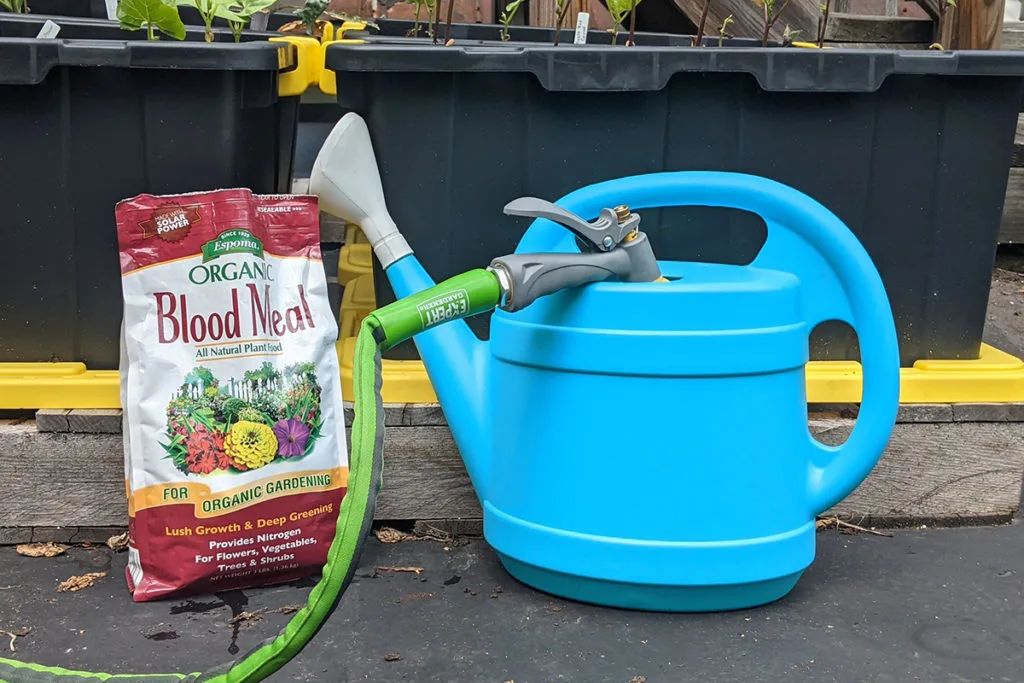
As you apply the blood meal blend, take care not to use it near beans and legumes. These plants are natural nitrogen fixers, meaning they don’t need the extra nutrients. It’s also good to keep it away from seedlings, as it may burn the young plants.
If you applied too much blood meal, you might start noticing that your plants are growing large leaves without flowers and turning brown from nitrogen burn.
In these instances, you should remove any dying leaves from the plants, spread a wood mulch around the plant, and use lots of water to dilute the meal. It’s also smart to add bone meal to the plants to further balance out the nutrient levels.
As the growing season progresses, you might want to top-dress your plants with more blood meal. Look for slowing growth and yellowing leaves.
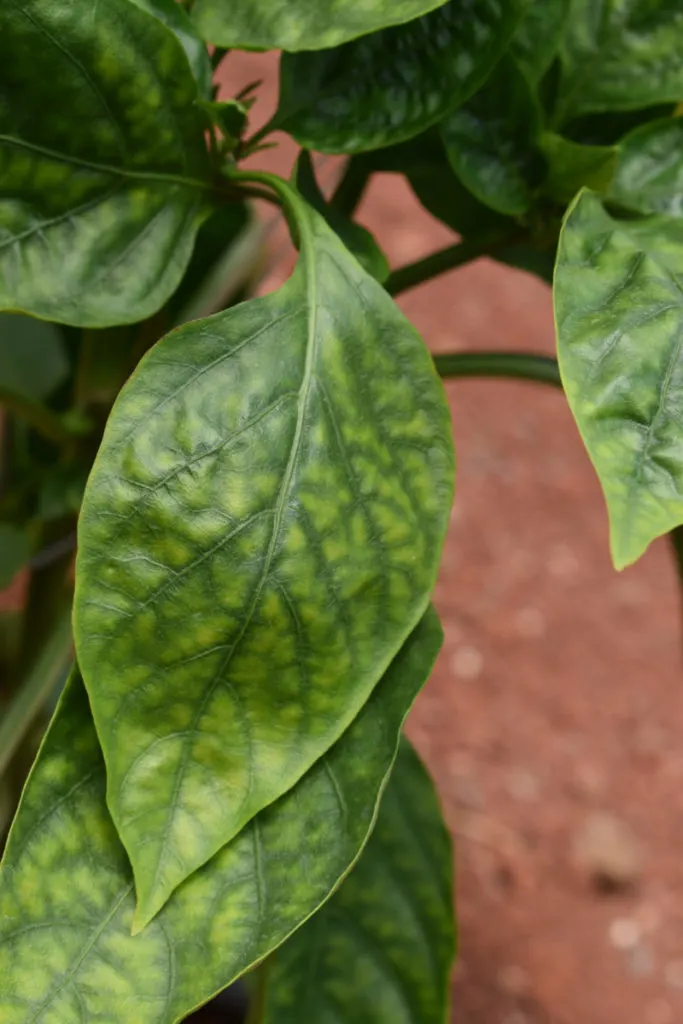
Blood Meal Precautions
While there’s plenty of reasons to consider adding blood meal to your garden, this amendment isn’t ideal for every situation.
First, it’s easy to apply too much and harm your plants. A light hand is necessary to ensure you don’t give your plants more nitrogen than they can handle, and it’s even better to conduct a soil test first to see whether your soil needs it.
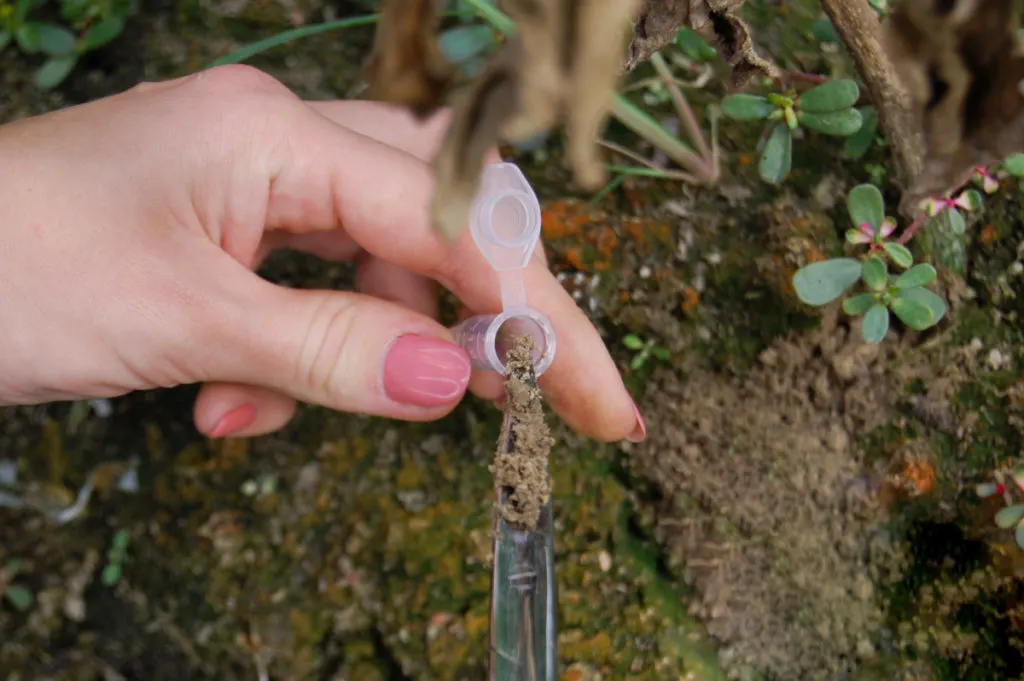
Second, there’s some reason for concern that pathogens that result from Mad Cow Disease may wind up in your soil through blood meal. However, all slaughterhouses go through intense screening processes for this condition, so the odds of animals slipping through the cracks and contaminating blood meal are slim to none.
Finally, some people have ethical issues with blood meal because of its slaughterhouse origins. If you prefer to use a plant-based fertilizer, alfalfa meal can be a good substitute.
Use Blood Meal for Better Soil Health
If you’re looking for a soil additive that gives your plants a concentrated infusion of slow-release nitrogen, it’s hard to beat blood meal. This cost-effective amendment is well worth investing in if you want to promote the health of your garden soil for the long run.

Get the famous Rural Sprout newsletter delivered to your inbox.
Including Sunday musings from our editor, Tracey, as well as “What’s Up Wednesday” our roundup of what’s in season and new article updates and alerts.

